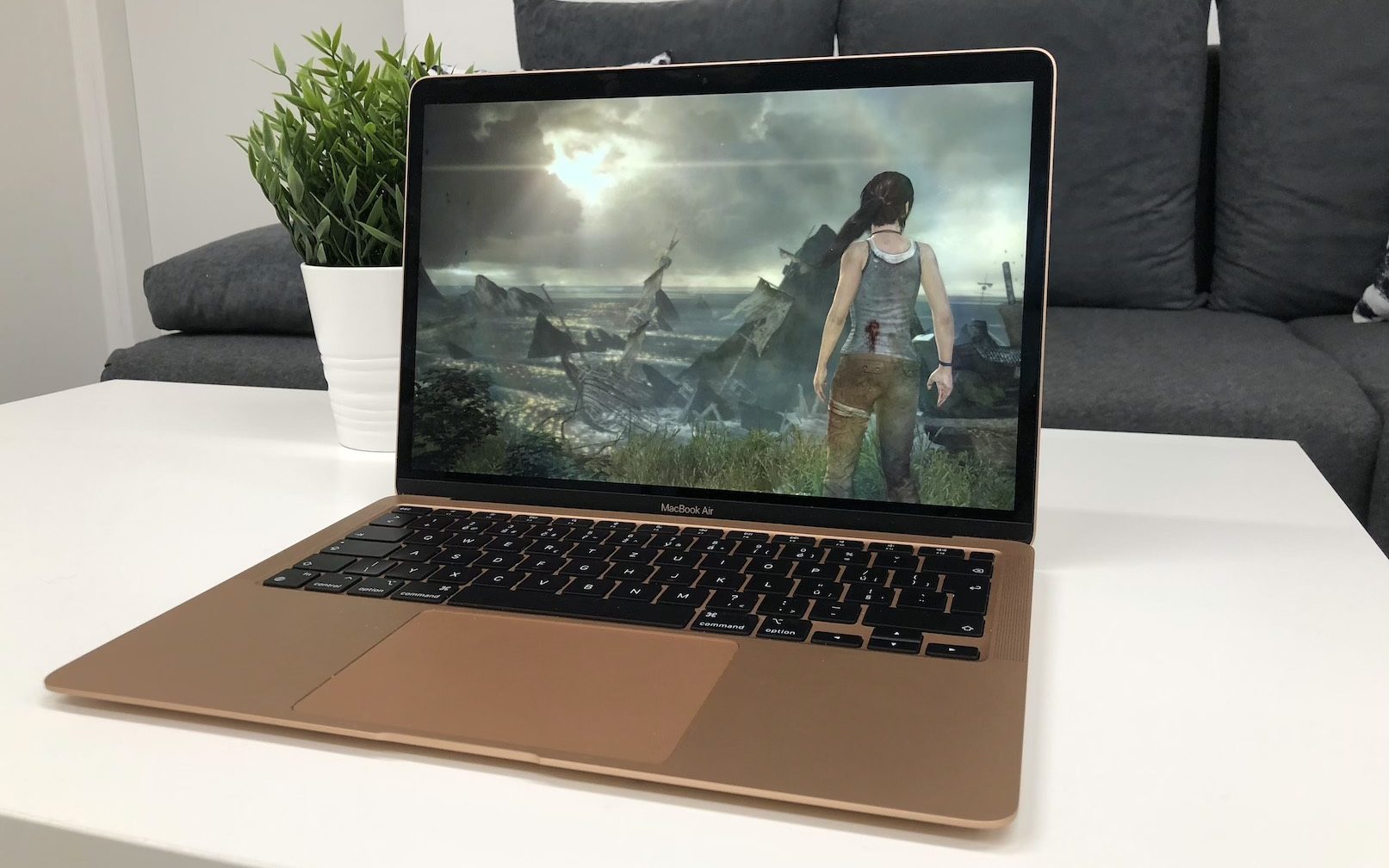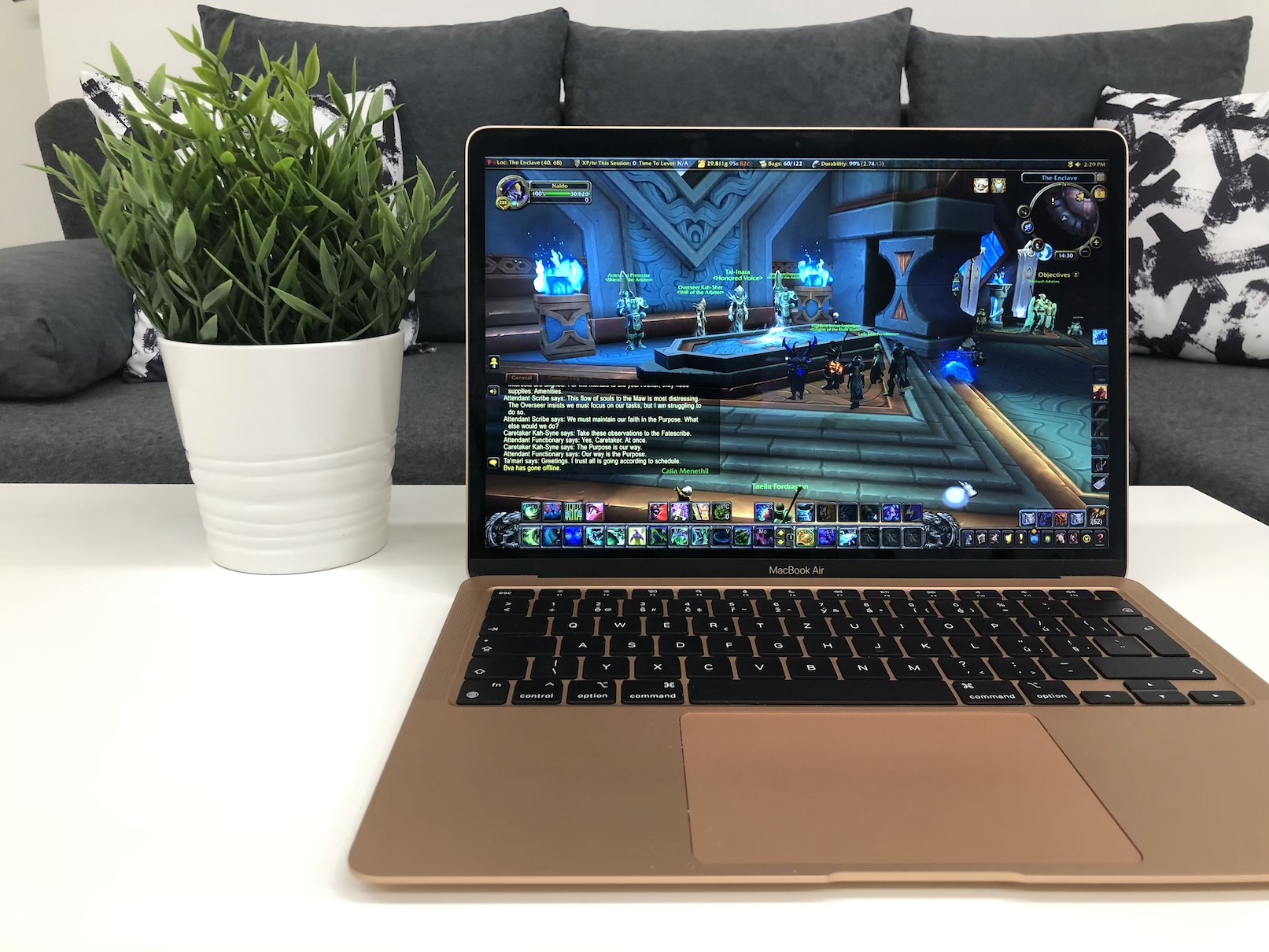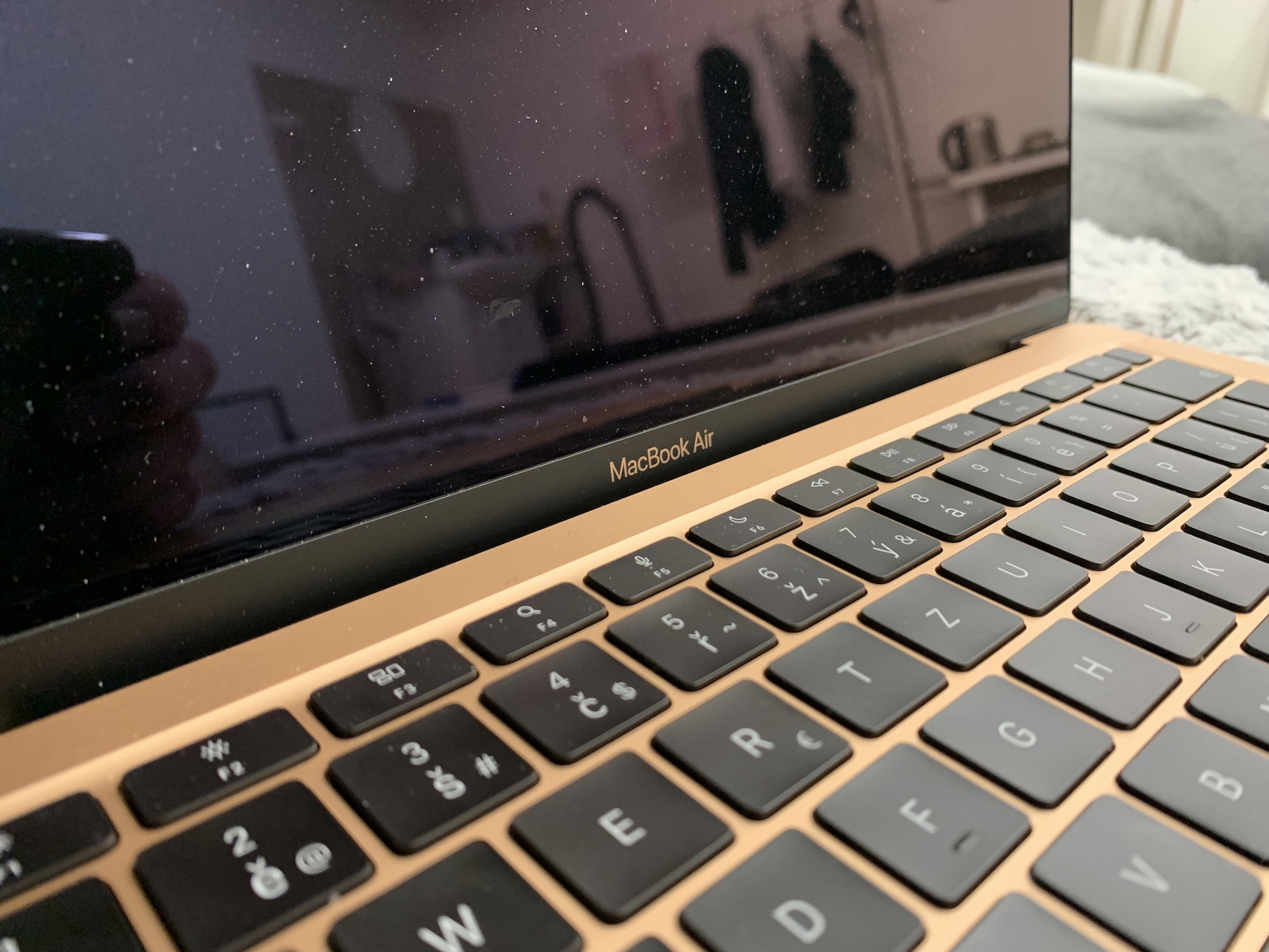A huge disadvantage of Macs with the M1 chip is their inability to virtualize the Windows operating system. In any case, this claim did not sit well with the developers of the most popular system virtualization tool, Parallels, who have been working hard on a version with native support for Apple Silicon - which we finally got today. What are the benefits? An image of the iPhone 13's digitizer has also leaked online, shared by a credible leaker, revealing the planned reduction of the top notch.
It could be interest you
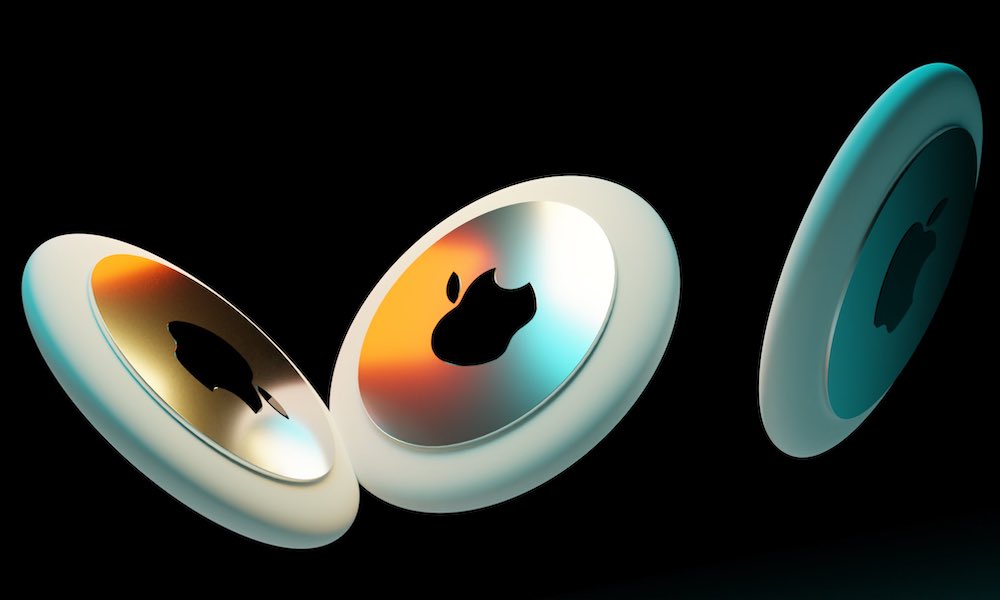
Macs with M1 can handle Windows virtualization thanks to Parallels 16.5
After a lot of testing, we finally got the release parallels 16.5. This latest version brings with it native support for Macs with Apple Silicon, which brings a number of great benefits. Users of Apple computers with the M1 chip can already seamlessly virtualize Windows on their machines. But there is a catch. Of course, it is not possible (yet) to run a full version of this operating system on these latest pieces of the Mac family. Parallels can deal specifically with the ARM Insider Preview version, which nevertheless has a lot to offer.
MacBook Air M1 at gaming here:
The whole situation was perfectly summed up by Paralells Vice President for Engineering and Support Nick Dobrovolskiy, according to whom, thanks to the virtualization of the mentioned ARM Insider version of Windows 1, Macs with M10 can handle the launch of game classics such as Rocket League, Among Us, Roblox, Sam & Max Save the World and the legendary of The Elder Scrolls V: Skyrim. At the same time, the program saw a great improvement in performance and efficiency. The application runs 30% better on a Mac with M1 than when virtualizing Windows 10 via an Intel Core i9 processor. Unfortunately, more detailed information about what devices were used for testing, i.e. what their specifications were, was not mentioned.
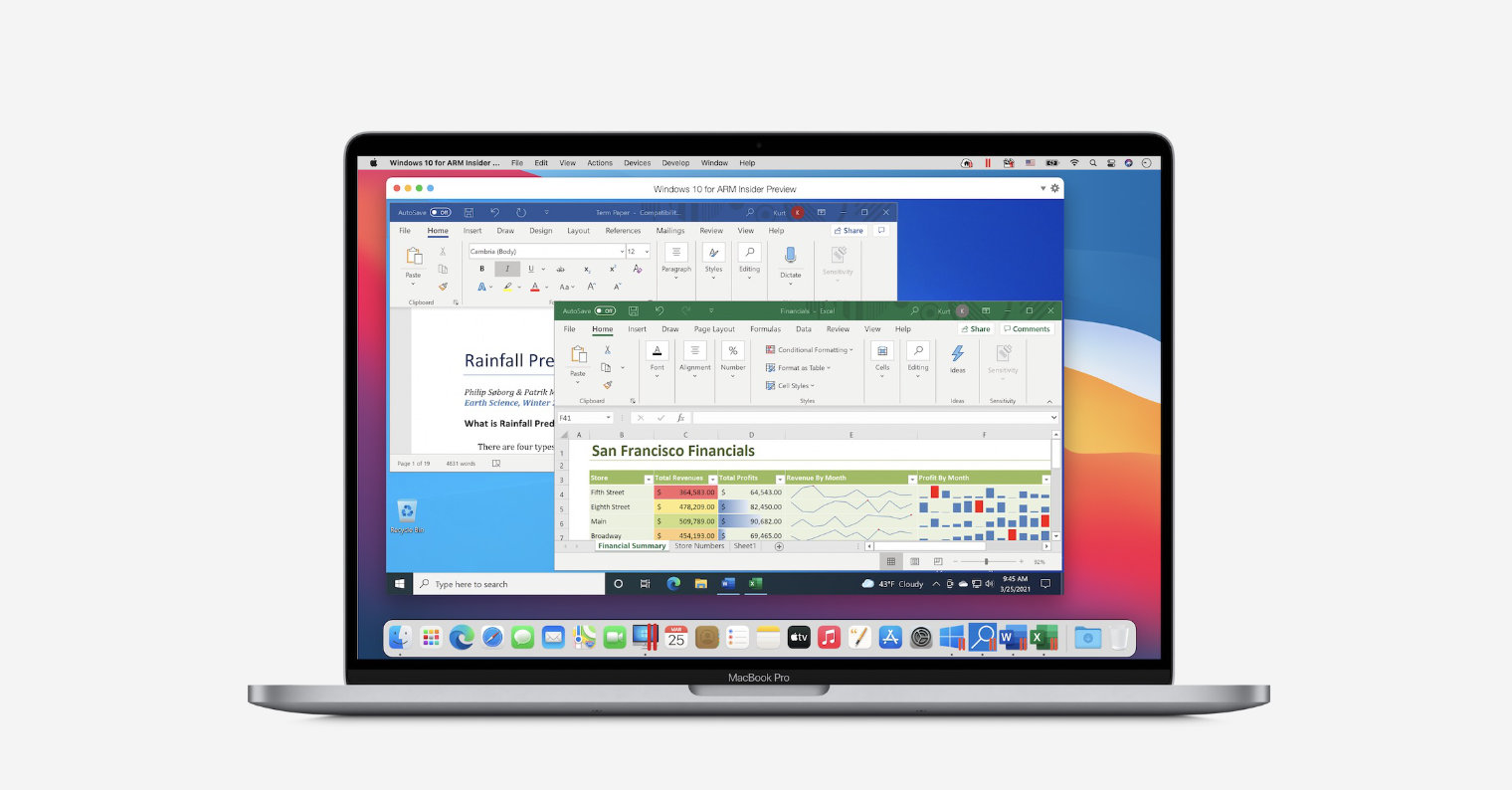
In any case, Microsoft does not sell/offer Windows for the ARM platform in a standard way. In order to obtain it, it is therefore necessary to register for the named program Windows Insider and then download the system. Subsequently, you will also be able to emulate applications intended for computers with Intel.
Another leak confirms the reduction of the iPhone 13's top notch
When Apple introduced the iPhone X with a completely new design in 2017, it was met with a fair amount of enthusiasm as well as light criticism. It was addressed to a relatively large cut-out, which Apple users were able to overlook anyway - after all, we got the new Face ID, so it was a decent compromise. However, when the size of the cut-out did not change in any way subsequently, the criticism began to become quite sharp. That could theoretically change this year. A number of leaks indicate that Apple managed to reduce some components and thus reduce the iconic notch.
iPhone 13 series mobile phone film samples. pic.twitter.com/kkpC6LPDhR
- DuanRui (@ duanrui1205) April 14, 2021
A well-known leaker using the nickname DuanRui has now contributed to this. He shared a picture via the Twitter social network, which should show the digitizer (the part of the display for sensing the user's touches - editor's note) of the iPhone 13. In this photo, we can immediately notice a noticeably smaller upper cutout. Another interesting feature is another cut-out for the front speaker, which could be moved to the area of the display frame or phone. At the same time, we see the camera moved to the left side, although previous models had it on the right. In addition, leaker DuanRui has a pretty good "balance." In the past, he accurately revealed the model designations of the iPhone 12 series and the manual for the iPad Air (fourth generation), thanks to which we knew the design of the product even before the presentation.
